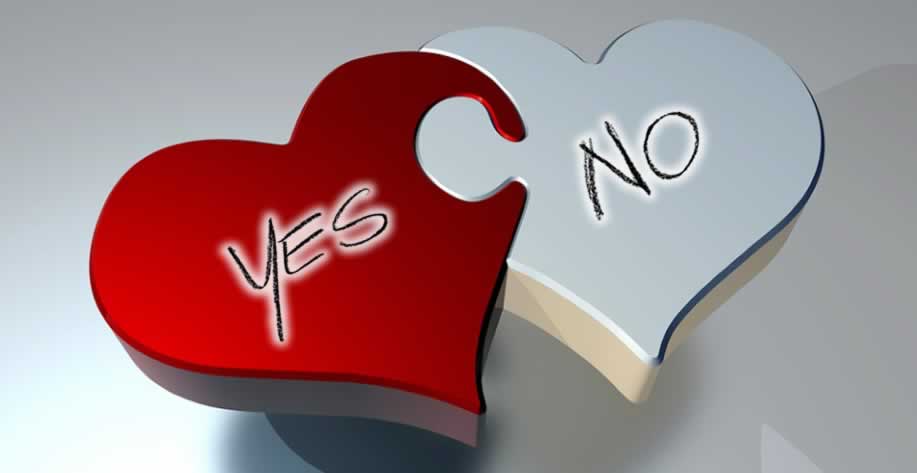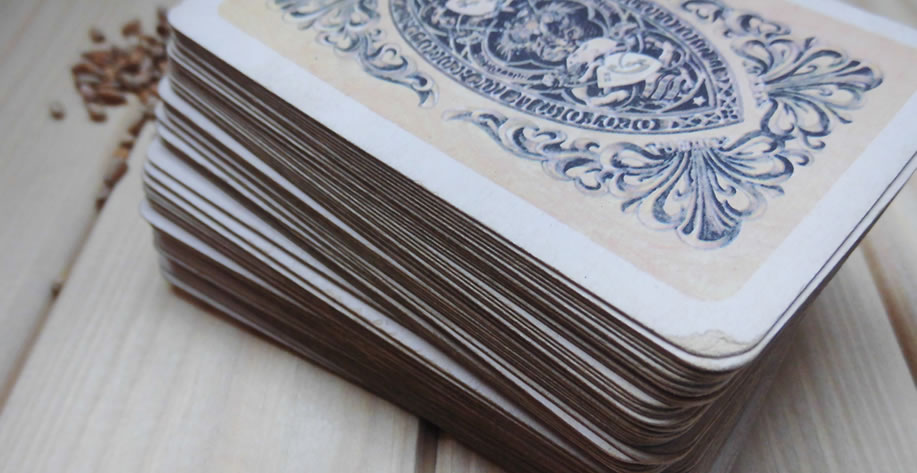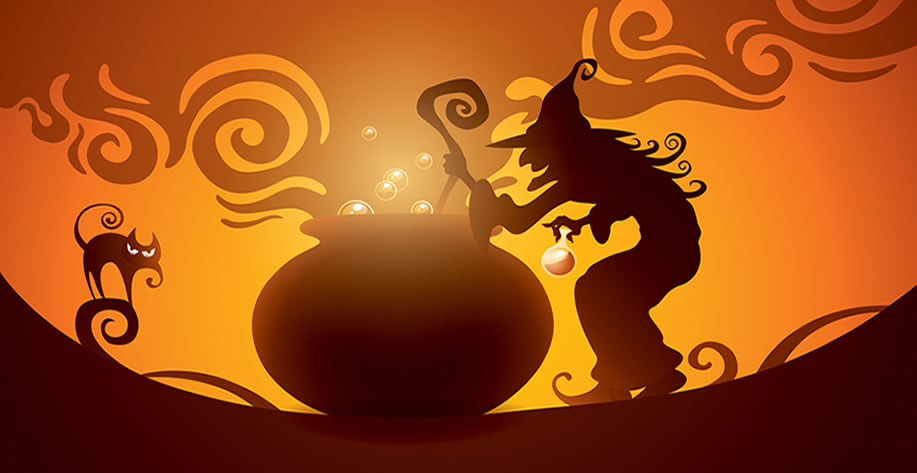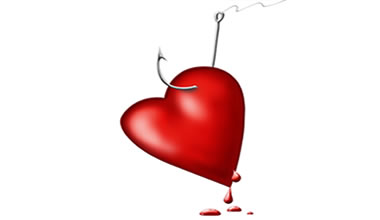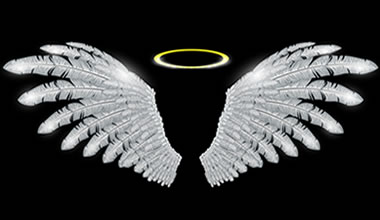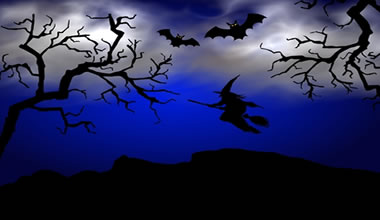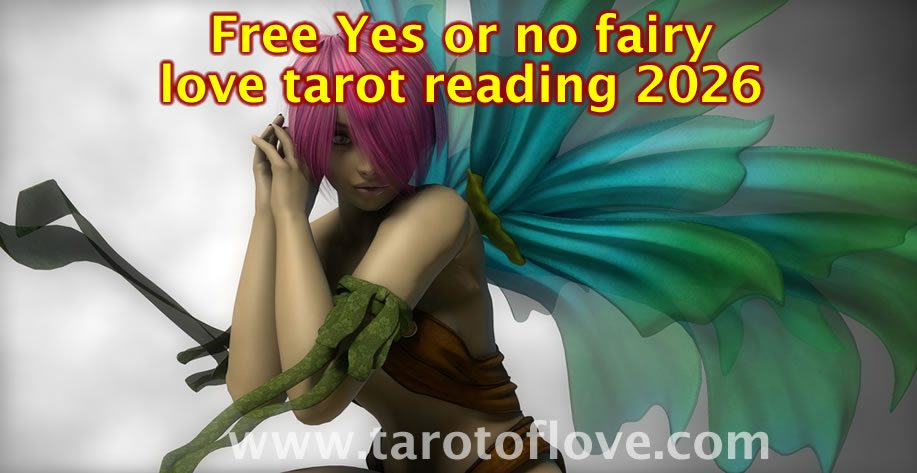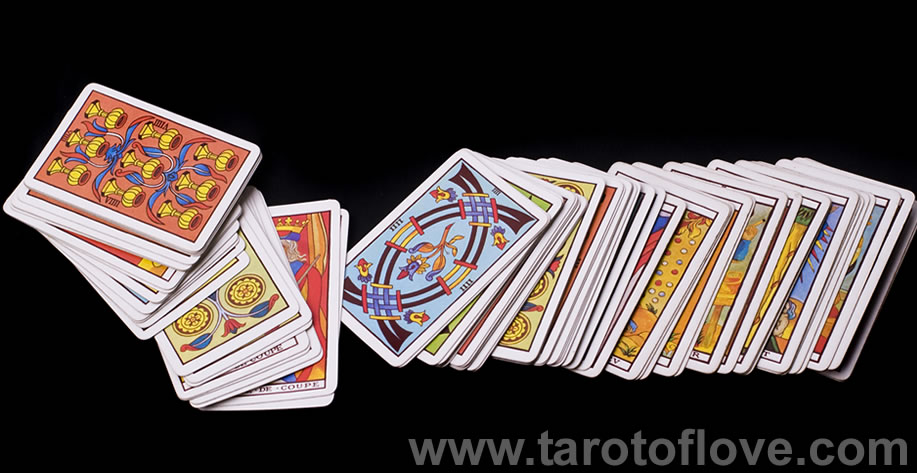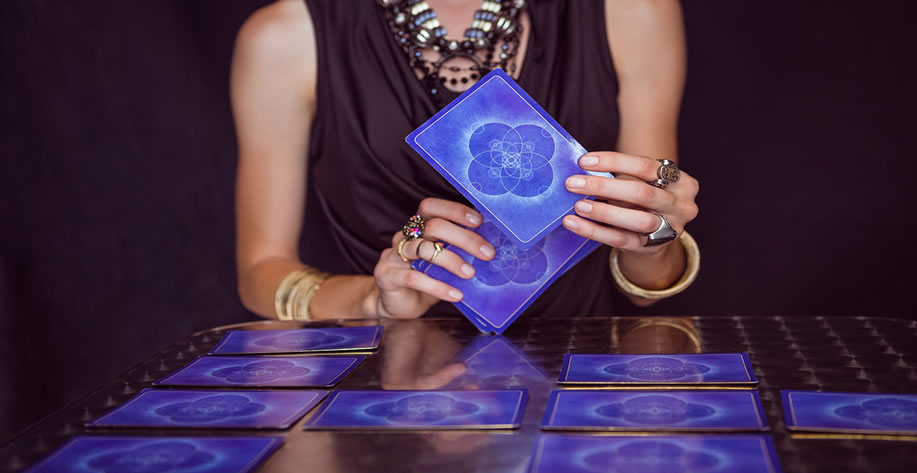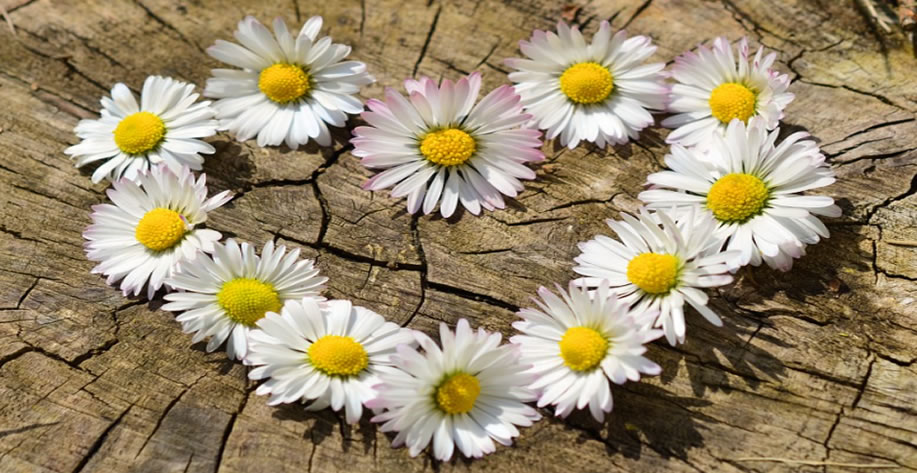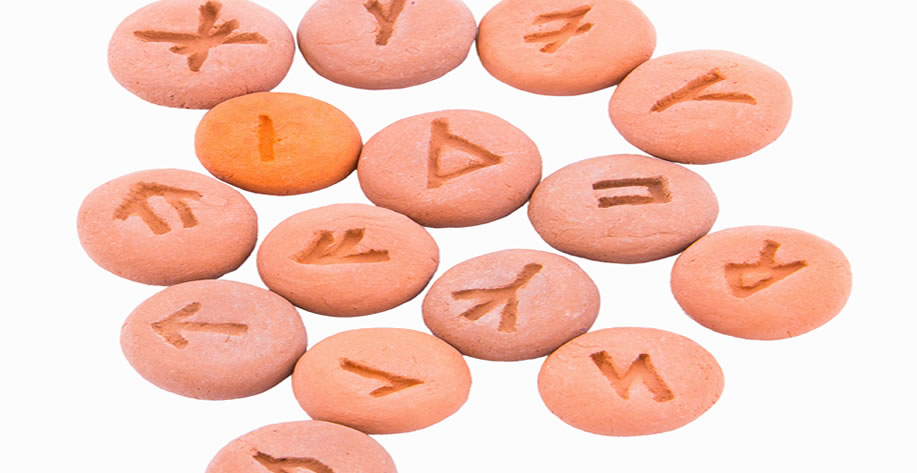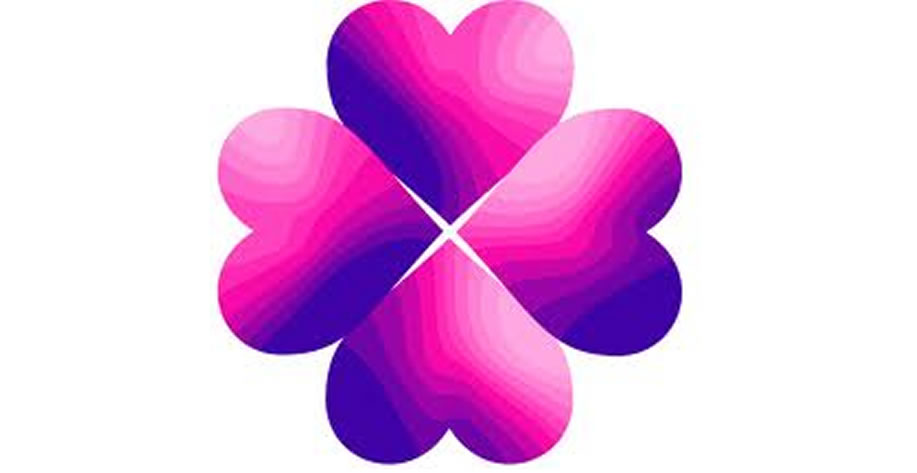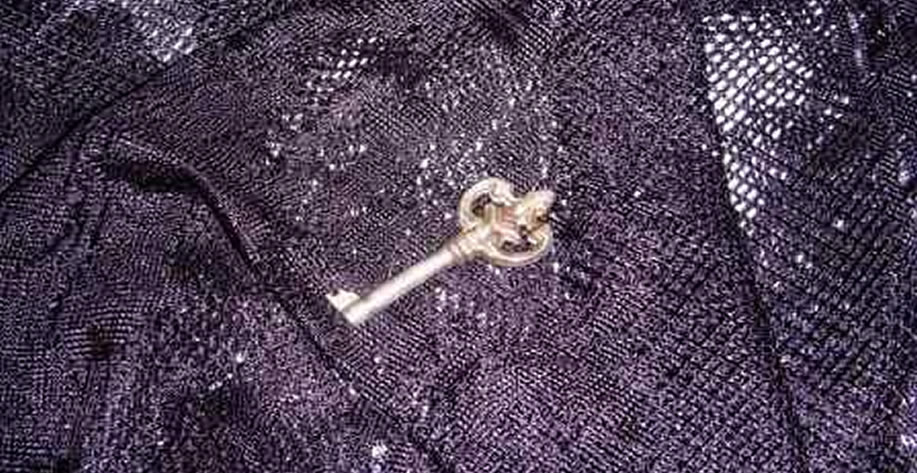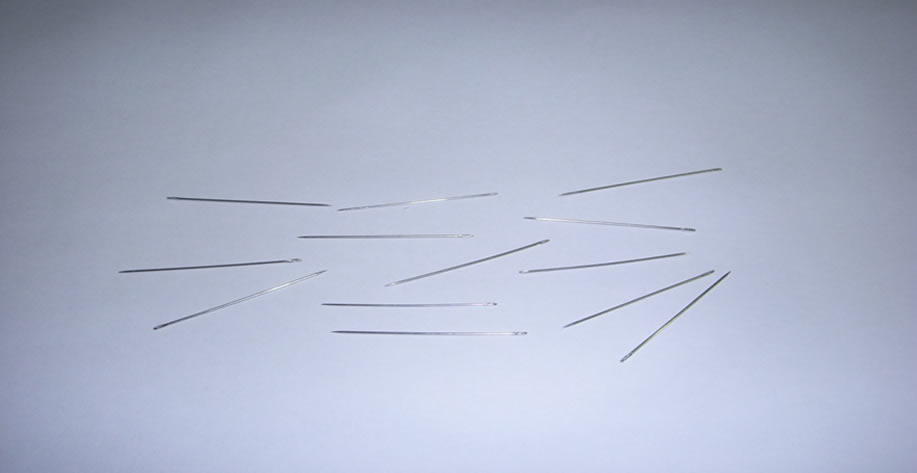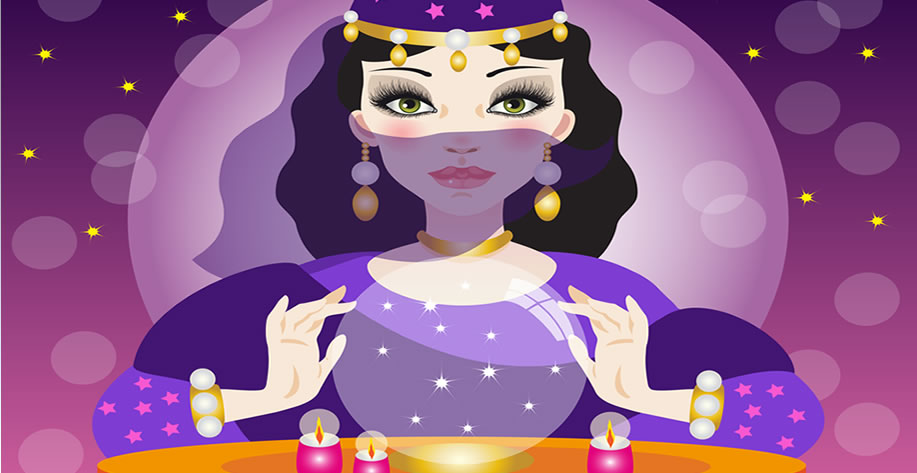Example of good questions for yes or no love tarot readings:
(person's name) will you call me?
Is today a good day to talk about the relationship with my partner?
(person's name) think of me?
Am I open to love?
Should I look for him (her)?
Should I insist on this relationship?
Will I find my soulmate?
Will my current relationship last?
Will my ex boyfriend come back to me?
Is there something disturbing my affective life?
For yes or no love tarot readings you should avoid questions like:
As ? When ? Who ? Where ? Why ? Which ?
It is also not advisable to keep taking cards one after the other, trying to get a card that you like or that says what you expect to hear.
If after reading you have any other doubts, look for another oracle other than the tarot to do another reading.
Here on the Tarot of Love site you can find yes or no love readings with Viking runes, Lenormand cards, Cowrie shell divination, Spanish playing cards and more.
The yes or no tarot readings for love and relationships are for times when you need an immediate / direct answer, as they aim to answer simple questions, if you have more complex and comprehensive questions, you should look for other spreads to consult.
Another important factor in this type of reading is concentration, you must try to remove all uncertainties and negativities from your mind about what you are going to ask, seeking to be impartial when questioning the tarot.
If you are nervous, anxious or agitated, leave the tarot to read at another time, as this type of energy affects the tarot's response to what was asked. Oracles are very sensitive and usually capture all kinds of vibrations around them, so look for a quiet place without people or noise around you when reading.
How can a free online love tarot reading help me emotionally?
Doing a free tarot reading online can help you to have greater clarity about events that have occurred or that are acting in your love life right now, giving you new direction, giving you options, helping you to analyze and develop your intuitions, answering questions or doubts that may be preventing you from making decisions or moving forward, making you develop your self-knowledge, revealing ways out of your affective problems, improving your personal relationships and more.
The tarot is a tool with countless uses, far beyond the divinatory proposal, find out here on the site how it can be useful to you. Give it a try, it's completely free and no need to register or fill out forms.
Tarot tells the truth, do you really get it right?
For a tarot reading to be reliable and assertive, you need to look for a professional with a lot of experience.
The letters tell the truth, but it is necessary to know how to interpret them, which requires extensive knowledge.
The good thing is that here on the Tarot Of Love website you can do your readings and receive a correct, clear and objective interpretation, prepared by a team of competent tarot readers, psychics and fortune tellers, all you have to do is choose the best spread for your question and concentrate correctly, so that the love tarot can give the right answer to your question.
Are “yes or no” tarot readings accurate and reliable ?
There are dozens of types of love tarot readings that are more accurate than the “yes or no” ones, so it is not advisable to use this spread to try to elucidate or get answers to complex, wide-ranging questions. Use this type of reading only to answer simple everyday questions or as a form of confirmation, right after using another type of spread.
Another point to consider is that this type of reading (yes or no) is much more sensitive to the querent's emotional issues.
At the time of the consultation, stress, nervousness, anxiety and even negative thoughts such as anger, disappointment, discontent, can interfere with the final result of your reading. You need to have a balanced mind and a very harmonious environment to be able to use the yes or no love reading successfully and safely.
Can cards answer “yes or no” to love ?
Yes, the cards can answer yes or no to love, but to do so it is necessary to carry out a thorough analysis of each situation, trying to evaluate each question drawn up very carefully, so as not to make mistakes in interpretation.
The simplest tarot games are those that actually require a greater degree of knowledge of the meanings of each card, not only based on the context of the illustration, but also the numerology, suit, zodiacal and planetary association of each card.
How does the yes or no love tarot work ?
Tarot is a deck made up of 78 cards, divided into 2 groups: major arcana (22 main cards - numbered and with illustrations) and minor arcana (56 cards containing numbers, suits the same as the common deck and illustrations). Each card in the deck is classified as positive (answering yes) or negative (answering no) according to its meaning. After shuffling the cards well, imagining a question with a “yes or no” theme, one or more cards are removed from the deck and the answer is summarized as yes or no according to their classification.
The problem is that a letter can be classified as “yes” for a momentary issue, which depends on continuous actions to continue flowing and remain within the “yes”, that is, it can be a yes without guarantees of continuity, becoming a no. soon after a while. There are cards that vary according to the theme, they say yes to passion and no to lasting love, so great caution is needed when using a yes or no game with tarot or other cartomancy decks.
How do you know if a tarot card is yes or no ?
To know whether a tarot card is a yes or no, you need to know the meaning of all the cards in the deck, both in the normal position and in the reversed position, as they can change their meaning according to the position in the spread.
Furthermore, you need to have experience, as depending on the topic of the question, this "yes or no" classification can be changed. Another important point to note is that some tarot cards would be better related to "maybe".
Which tarot cards answer yes and no?
Tarot cards do not always indicate a definite answer.
This is because depending on the question or the theme (and consequently the reading plan that the card holds) it can change its direction. Even so, some arcana carry with them more noticeable material and fulfilling attributes, allowing positive answers. In the same way, other arcana can answer negatively, because they leave something to be desired in terms of the realization or effectiveness of what is desired.
Below is the sequence of cards that can be analyzed as a "yes" and cards that can be analyzed as "no", followed by cards that are not defined in this sense due to their representation and general meaning.
Cards that answer YES
Magician – The Magician card represents action and movement, which is why it is associated with the possibility and opportunity to follow through with intention. Therefore, its strength lies in acting, enabling, opening, innovating.
These characteristics open space for it to affirm answers and show the chance of effectiveness.
Empress – The Empress indicates development and growth, and therefore continues what was previously started.
Therefore, it is a card that opens paths, develops, expands and broadens, hence its affirmative and positive representation for anything that requires progress and production.
Emperor – The Emperor card indicates effectiveness and achievement. Therefore, it affirms the answers, reinforces the question or ensures the possibility. The representation linked to structure, solidity and firmness positively affects the material plane, helping to affirm what was questioned or needs to be clarified.
Chariot – The Chariot card represents determination and direction, allowing the situation or issue to be properly addressed. The personal power and purpose of this arcane allow the realization of what is desired or the question that is interpreted in a tarot game.
Strength – Strength indicates autonomy and self-sufficiency, showing the ability to carry out or achieve what is asked. Your affirmative answer may be due to its safe, consistent and fulfilling representation, as it is an arcane that can make what was proposed along the way come true.
Devil – The Devil denotes the conquest and achievement of what is desired, therefore, it is a card that affirms or reinforces what is questioned in a tarot game. Its representation is linked to desire, the intensity of what is wanted, in addition to the astute versatility in achieving any desire.
Star – The Star card indicates fluidity and transparency, which allow the affirmation of what is questioned or asked. This arcane has facilities and favors because it flows without difficulties and opens space to achieve desires or make dreams come true. Ingenuity and hope reinforce the possibility of an affirmative answer.
Sun – The Sun indicates achievement, clarity and the realization of what is desired. This card denotes brilliance, discernment and awareness of limits to the point of understanding what can and should not be done. Therefore, it affirms the issue being analyzed and reinforces the energy to achieve what is desired.
World – The World card represents completion and evolution. Therefore, it is an arcane that affirms issues and reinforces intentions, since it makes transitions in a positive way, evolves for the better, benefits and favors those who wish to move forward or change any situation in life.
Cards that answer NO
The High Priestess – The High Priestess is a card of slowness and delays, therefore, it rarely affirms any issue leaving the answer open or requesting time to achieve some kind of result. Reflection and introspection indicate precisely the tendency for slow and timid progress in any event or situation.
Justice – Justice represents the definition or redefinition of any issue. Therefore, it tends to deny issues, after all, its existence is focused on reviewing or adjusting what exists, failing to affirm in order to reanalyze the entire context. Therefore, Justice denies what exists so that it can be properly reviewed.
Hermit – The Hermit card denotes slowness and obstacles, therefore, it denies the issue due to the slow progress that its symbolism presents. Crystallized behavior, rigidity and difficulty in moving forward deny the situation or the issue, showing that it takes a long time to achieve any result.
Hanged Man – The Hanged Man represents stagnation and utopia, denying the situation analyzed. Therefore, this card illustrates the situation in which nothing happens and nothing can happen, before a change or renewal arises. Therefore, the Hanged Man arcana closes the issue and does not open space for affirmation in any analyzed plan.
Death – Death indicates transformation and rebirth. Therefore, it is a card that denies the issue, since the desire in the situation is different, distinct from what is analyzed, and will lead to a different result. Furthermore, Death shows dissatisfaction that leads the individual to want to cut off what saddens him and start his life over. It is a card that denies, because it seeks reform.
Temperance - Temperance indicates balance and waiting. Since it is an arcane of suspension, it is a card that presents the pause in time and the possible procrastination that generate negative responses due to the deadlines, delays and slowness involved. Its temporization creates obstacles that do not allow overcoming for a long time.
Tower - The Tower card shows the rupture and dissolution of a solid structure. Therefore, it is a card of breakage and rupture, which denies the issue by the simple fact of showing the need to rebuild something different in that circumstance. Therefore, the Tower is a card of denial and points to the importance of seeking something else along the way.
Judgment - The Judgment card indicates surprise and an unusual situation. Therefore, it is an indication of the action of destiny, changing and altering the circumstance, denying what is questioned or asked precisely so that there is a different, unexpected or innovative path forward. It is the "no" that opens a different and forward "yes".
Cards that do not define YES or NO
Pope – The Pope shows a neutral position, so the yes or no depends on the situation analyzed and the context to be interpreted. Because it is a stable and organized card, it tends to show correctness wherever it is present. It values principles and discipline, and an answer is not defined until it is in accordance with what is in fact the right thing to do.
Lovers - The Lovers card indicates a fork in the road, a crossroads or even doubt. Therefore, the card itself does not answer anything definite, because the one who decides the best way out or the best answer is the consultant himself. Its representation of free will does not favor clear definitions in a reading.
Wheel of Fortune – The Arcanum of the Wheel of Fortune is the indication of oscillation, change and exchange. Therefore, no answer in this card is definitive or assertive, making an affirmative or negative direction unfeasible. While this card is present in a game, it indicates that nothing there is certain or clear until a new phase arises.
Moon – The Moon card is cloudy, making it difficult to visualize or even be certain of any answer. Composed of different phases or moments, this card does not define a certain side or position. It requires time and clarification to find a clear direction in the game.
Fool – The Fool card shows dispersion and variety, which does not guarantee any affirmation within the oracular analysis. This arcane indicates amplitude, freedom, independence and the courage to follow unknown paths. Therefore, there is no guarantee or affirmation of any answer, everything still appears undefined or dispersed.
How to read tarot with yes or no playing cards ?
All you have to do is shuffle the cards from the common playing deck, thinking about the yes or no question you want to ask, separating the cards into 2 piles, putting all the cards back together into a single pile, mentally thinking about the question, removing a card and make the interpretation, according to the meaning of the card obtained. We remember that in cartomancy, the meanings of the cards are different from those of the minor arcana of the classic tarot. The 5 of diamonds in tarot does not have the same meaning as the 5 of diamonds in cartomancy with common playing cards, as it is another divinatory system, totally different.
Can you do tarot yes or no ?
Yes ! You can use the tarot to answer questions about love and relationships, starting from the "yes or no" theme, however many tarot readers do not find this to be one of the safest methods to use as a tarot spread. It takes a lot of practice to be exactly sure of an answer, as well as knowing how to formulate the right questions for this type of approach. The most correct thing is to use a safer and more comprehensive spread and use the yes or no spread, as a confirmation method, so that you get more clarification about what you asked the tarot. Questions involving the long-term future should also not use this type of psychic reading.
Tarot is a deck of cards that, in addition to being used for playing, is often used as a means of predicting the past, the present situation of the person consulted and sometimes the future.
The first tarot decks appeared for the first time in Christian Europe with the Mamluks of Egypt in a time before 1367, the date on which their existence was first documented, in Bern, Switzerland.
The earliest sources in Europe describe a deck of 52 cards. The suits were Scimitars, Wands, Cups and Coins. These designs quickly evolved into the basic Latin suits (Spades, Clubs, Hearts and Diamonds) that are still used in traditional Spanish and Italian card suits.
It is not possible to determine an exact date for the appearance of tarot cards, however it is estimated that the first suits were made around 1440. The game only seemed to gain strength in 1450, a year of jubilee in Italy, which involved many parties and great pilgrim movement. Until that moment, all relevant documents point to the origin of the letters in the upper class of Italian society, specifically in the courts of Milan and Ferrara, at that time, the most exclusive courts in Europe.
The first known examples consisted of a particular system of sending messages of different philosophical, social, poetic, astronomical and heraldic content and ideas. For example, the oldest known tarot deck was produced to show the system of the Greek gods, a fashionable theme in Italy at that time. Its production may have accompanied a triumphal celebration of the Duke of Milan, Fillipo Maria Visconti, that is, the purpose of this tarot was to express and consolidate political power in the city (as was common in other works of art from that time). The Italian historian Giordano Berti assumes that the Duke of Milan himself was the inventor of tarot.
For a long time, tarot cards remained a privilege of the upper class, although some 14th century sermons launched offensives against the devil inherent in the cards. However, the Catholic Church and most civil rulers did not condemn tarot cards in the early days of their appearance.
The 78 cards are divided into Major and Minor Arcana. Arcane comes from the Latin arcanum, which means mystery or secret.
The Minor Arcana are 56 cards divided equally into four clubs, the “low” or “false” ones numbered from As (1) to ten, plus the “honors” or “figures” which are the court characters: Sota, Queen, King and Gentleman. The clubs are the same as in a common deck, some packs use spades, hearts, staff and diamonds.
Regarding the cards called Major Arcana, 22 in total, as a game, only the Roman numeral is shown on each card, plus a drawing that is the same on each card. In the varieties for esoteric interpretation, each arcana represents an image of an archetypal character, with numerous symbolisms. In many tarot suits, these cards usually have a Roman numeral and a name. Even though there are suits that only have the image, the oldest tarots have neither numbers nor names for these arcana.Even so, the order is not standardized. In any case, the names and numbers for each card are as follows:
I. Le Bateleur (The Magician)
II. La Papesse (The Priestess)
III. L’Impératrice (The Empress)
IV. L’Empereur (The Emperor)
V. Le Pape (The Pope)
SAW. L’Amoureux (The Boyfriend)
VII. La Chariot (The Car)
VIII. La Justice (Justice)
IX. L’Hermite (The Hermit)
X. La Roue de Fortune (The Wheel of Fortune)
XI. La Force (The Force)
XII. Le Pende (The Hanging Man)
XIII. La Mort (Death)
XIV. Temperance (Temperance)
XV. Le Diable (The Devil)
XVI. La Maison Dieu (The Tower)
XVII. L’Étoile (The Star)
XVIII. La Lune (The Moon)
XIX. Le Soleil (The Sun)
XX. Le Jugement (Justice)
XXI. Le Monde (The World
No number. Le Mat (The Fool)
They don't know when tarot began to be used for divination. Tarot has been played in Italy since the 15th century and in the following century it spread in many regions of Europe: firstly in France, then in Switzerland, Belgium, Germany and Austria. Tarot divination reliably appears in 18th century Italy and France.
Tarot cards have been associated with mysticism and magic. However, until the 18th and 19th centuries it was not adopted by mystics, occultists or secret societies.
Although tarot cards were used to predict fortune in Bologna in the 18th century, they were originally published as a method of divination by Jean-Baptiste Alliette (also called “Etteilla”), a French occultist who reverted to the letters of his name and he worked as a fortune-teller shortly before the French Revolution. Etteilla designed the first esoteric tarot deck, adding astrological attributions and Egyptian motifs to several cards, altering many of the Marseilles designs, and adding divinatory meanings to the cards' text.
Later, Mademoiselle Marie-Anne Le Normand popularized divination and prophecy during the reign of Napoleon I. This was due to the influence she had on Josephine de Beauharnais, Napoleon's first wife.
Interest in tarot for divination by other occultists arrived later, during the height of the Hermetics, in the 1840s, in which (among others) Vitor Hugo was involved. The idea of ??cards as a mystical key was later developed by Eliphas Lévi and passed to the English-speaking world as the “Hermetic Order of the Golden Dawn”. Lévi, not Etteilla, is considered by some to be the true founder of the more contemporary schools of Tarot. His Dogme et Ritual de la Haute Magie of 1854 introduced an interpretation of the cards that related them to Kabbalah.
MARSEILLE TAROT
The Marseille Tarot is the best-known deck of Tarot cards and from which all subsequent Tarot cards are derived.
The investigation of Michael Dumment, a Tarot scholar, led him to conclude that it was invented in northern Italy in the 15th century. It is believed that it was later introduced into southern France after the conquest of Milan by French troops in 1499. The game of Tarot disappeared in Italy, but survived in France and Switzerland. When the game was reintroduced in Italy, it already had designs made in Marseille.
The name Tarot de Marseille, however, is not very old. It was coined in the 1930s by the French fortune teller Paul Marteau, who gave this collective name to a series of drawings made in Marseille, a city that was a center for the manufacture of suits. The Marseille Tarot, as it is known today, comes from drawings produced industrially in color by woodcuts made in 1751 and definitively fixed in the 19th century, which have been continuously reproduced until our time. The designs are medieval in character and are inspired by Gothic glassworks, whether by the lines or the colors.
In 1998, the Marseille Conver Tarot from 1760 was restored by Chilean writer and filmmaker Alejandro Jodorowsky and master tarologist Philippe Camoin, discovering forgotten details and new colors in the original mold.
In 2003, the latest version of the Marseille Tarot appeared, published by Edições Palmyra and Lemat Comunicações through the Lemat research team headed by Daniel Rodes and Encarna Sánchez, which allowed the recovery of numerous ancient symbols that disappeared from the Tarot deck. Furthermore, a golden background was included in the images, imitating the system known as Golden Bread used in antiquity, based on images of medieval origin.
In 1466, the master tarot readers of Toulouse received authorization to create a corporation of card makers. However, Marseille's first card factory did not appear until 1631 with the master tarologist Chosson.
This means that the name Marseille Tarot is solely commercial given that in that city cards did not begin to be manufactured until almost 200 years later than those made in the French Cathar and Italian Lombardy.
The most outstanding feature of the Marseille Tarot is that all its cards and elements are related.
It contains a series of codes and structures that make it possible to easily relate one card to another when they get to know each other, allowing the Tarot interpreter to find the argumentative thread, the story that different cards, placed next to each other, show us.
Each of these codes can be defined through the laws of interpretation – a series of elements that, when we focus on them, allow us to read and interpret the Tarot in a precise way. To do this, it is necessary to explain in advance that the Tarot is a means of connecting with our unconscious and that is why it is important that the consultant chooses his own cards, so that the reader can interpret their meaning. It must be taken into account that the letters that appear in a tirade are always addressed to the consultant, as it is their own unconscious, in the same way as occurs in the dream analysis process, show the consultant the message clearly.
Ask Love Tarot Yes or No Questions Free Online Right Now

